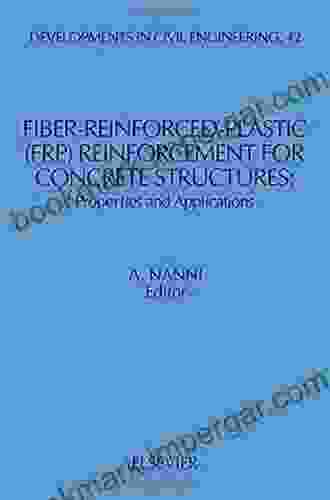Fiber Reinforced Plastic (FRP) Reinforcement for Concrete Structures: A Comprehensive Guide

The relentless pursuit of durable, sustainable, and innovative construction materials has led to the emergence of Fiber Reinforced Plastic (FRP) reinforcement as a game-changer in the concrete industry. This guide delves into the world of FRP reinforcement, exploring its remarkable properties, versatile applications, and the unparalleled advantages it offers to the construction sector. 4.5 out of 5 The future of FRP reinforcement in concrete structures is promising, with continuous advancements in material technology and design techniques. Research and development efforts are focused on enhancing the mechanical properties, durability, and cost-effectiveness of FRP reinforcement. Additionally, the development of new FRP composites with tailored properties for specific applications is expected to further expand the versatility and adoption of FRP reinforcement in the construction industry. Fiber Reinforced Plastic (FRP) reinforcement has emerged as a revolutionary material for concrete structures, offering a unique combination of high strength, corrosion resistance, durability, and sustainability. Its versatility and cost-effectiveness make it an attractive option for a wide range of construction applications, from infrastructure projects to architectural wonders. As research and development continue to advance the capabilities of FRP reinforcement, we can expect even more innovative and impactful applications in the future. By embracing the potential of FRP reinforcement, we can build stronger, more durable, and more sustainable structures that will shape the future of the built environment.Language : English File size : 42567 KB Screen Reader : Supported Print length : 450 pages Properties of FRP Reinforcement
Advantages of FRP Reinforcement
Design Considerations for FRP Reinforcement
Applications of FRP Reinforcement
Future Prospects of FRP Reinforcement
Image Alt Attributes
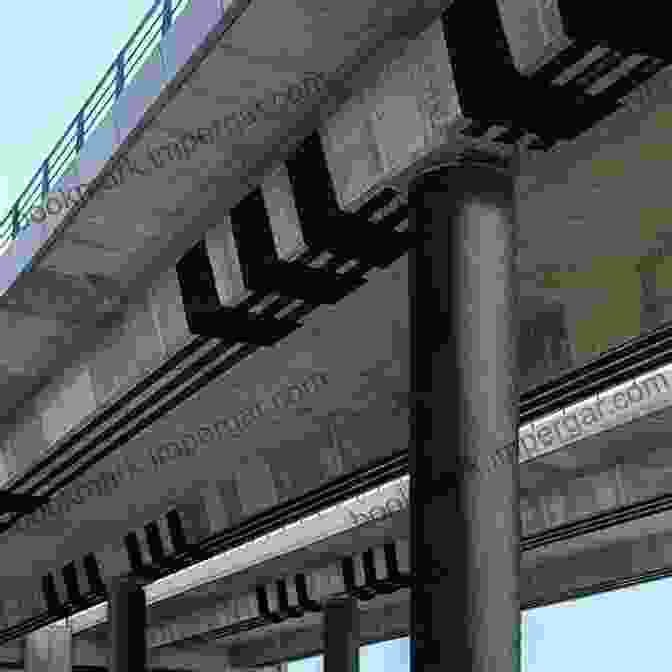
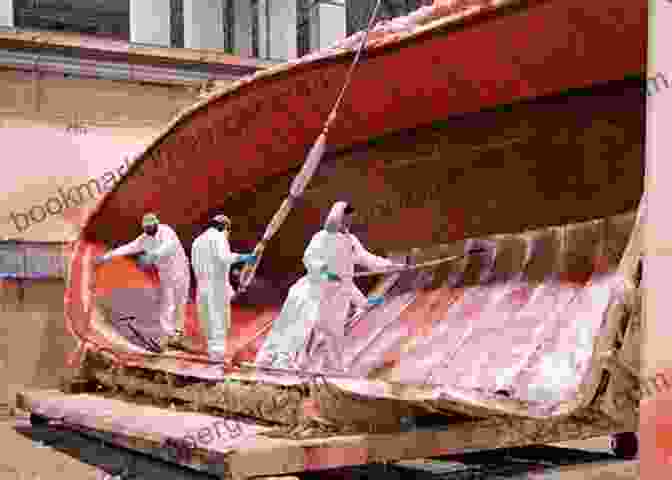
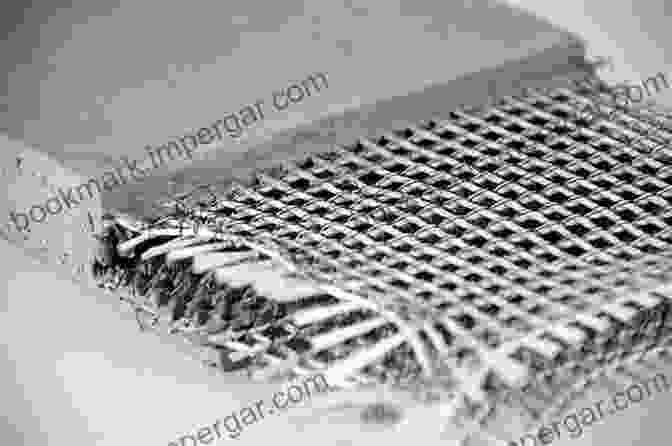
4.5 out of 5
| Language | : | English |
| File size | : | 42567 KB |
| Screen Reader | : | Supported |
| Print length | : | 450 pages |
Do you want to contribute by writing guest posts on this blog?
Please contact us and send us a resume of previous articles that you have written.
 Book
Book Novel
Novel Page
Page Chapter
Chapter Text
Text Story
Story Genre
Genre Reader
Reader Library
Library Paperback
Paperback E-book
E-book Magazine
Magazine Newspaper
Newspaper Paragraph
Paragraph Sentence
Sentence Bookmark
Bookmark Shelf
Shelf Glossary
Glossary Bibliography
Bibliography Foreword
Foreword Preface
Preface Synopsis
Synopsis Annotation
Annotation Footnote
Footnote Manuscript
Manuscript Scroll
Scroll Codex
Codex Tome
Tome Bestseller
Bestseller Classics
Classics Library card
Library card Narrative
Narrative Biography
Biography Autobiography
Autobiography Memoir
Memoir Reference
Reference Encyclopedia
Encyclopedia Ilchi Lee
Ilchi Lee Jacob Darwin Hamblin
Jacob Darwin Hamblin Irene Watson
Irene Watson Laurie Milner
Laurie Milner Ian Tuhovsky
Ian Tuhovsky Ioannis T Christou
Ioannis T Christou Jon Yeager
Jon Yeager Steve Dunwell
Steve Dunwell Jonathan Marshall
Jonathan Marshall Steve Hutton
Steve Hutton Martin Crawford
Martin Crawford Hugh Howard
Hugh Howard Wayne C Booth
Wayne C Booth Ian Miller
Ian Miller Isabella Darling
Isabella Darling Ingrid Pramling
Ingrid Pramling Ivan Illich
Ivan Illich Ian Kershaw
Ian Kershaw Ian Doors
Ian Doors Rick Desrochers
Rick Desrochers
Light bulbAdvertise smarter! Our strategic ad space ensures maximum exposure. Reserve your spot today!
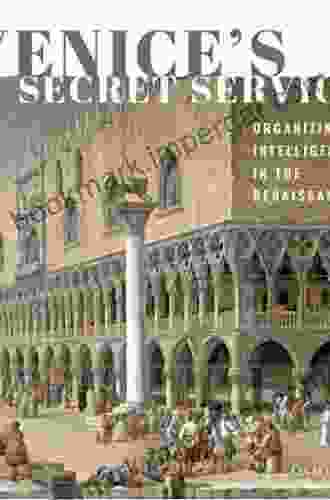
 Ismael HayesOrganizing Intelligence In The Renaissance: Insight into the Dawn of Modern...
Ismael HayesOrganizing Intelligence In The Renaissance: Insight into the Dawn of Modern... Ralph EllisonFollow ·11.8k
Ralph EllisonFollow ·11.8k Troy SimmonsFollow ·9.8k
Troy SimmonsFollow ·9.8k Jean BlairFollow ·4.3k
Jean BlairFollow ·4.3k Henry HayesFollow ·16.6k
Henry HayesFollow ·16.6k Julio CortázarFollow ·6.9k
Julio CortázarFollow ·6.9k Howard PowellFollow ·7.7k
Howard PowellFollow ·7.7k Ricky BellFollow ·19.9k
Ricky BellFollow ·19.9k Blake BellFollow ·11.7k
Blake BellFollow ·11.7k

 Mike Hayes
Mike HayesUnlock Your Nonprofit Potential: A Comprehensive Guide to...
: Embarking on the Path to Impactful...

 Cody Russell
Cody RussellUnlock the Secrets of Captivating Radio Programming:...
In the fiercely competitive world of...

 Aron Cox
Aron CoxUnveiling the Enchanting World of Beth Inspired Eye...
A Realm of Imagination and Wonder Embark on...

 Felix Carter
Felix CarterUnlock the Secrets of Legal Publishing with West Hartford...
West Hartford Legal Publishing, the renowned...

 Henry Hayes
Henry HayesUnveiling the Secrets of the Panama Papers: Exposing...
The Panama Papers is a groundbreaking...
4.5 out of 5
| Language | : | English |
| File size | : | 42567 KB |
| Screen Reader | : | Supported |
| Print length | : | 450 pages |


